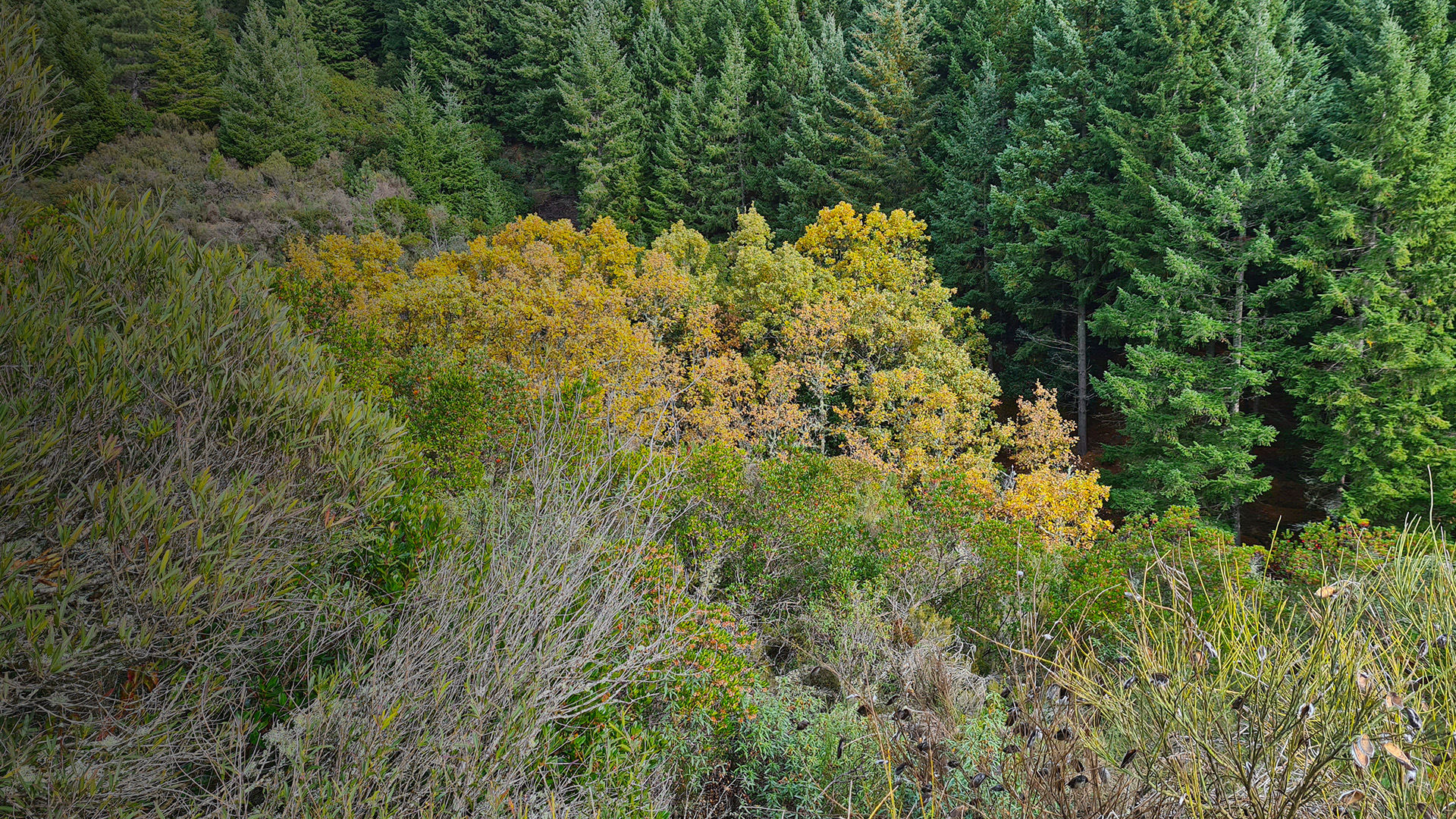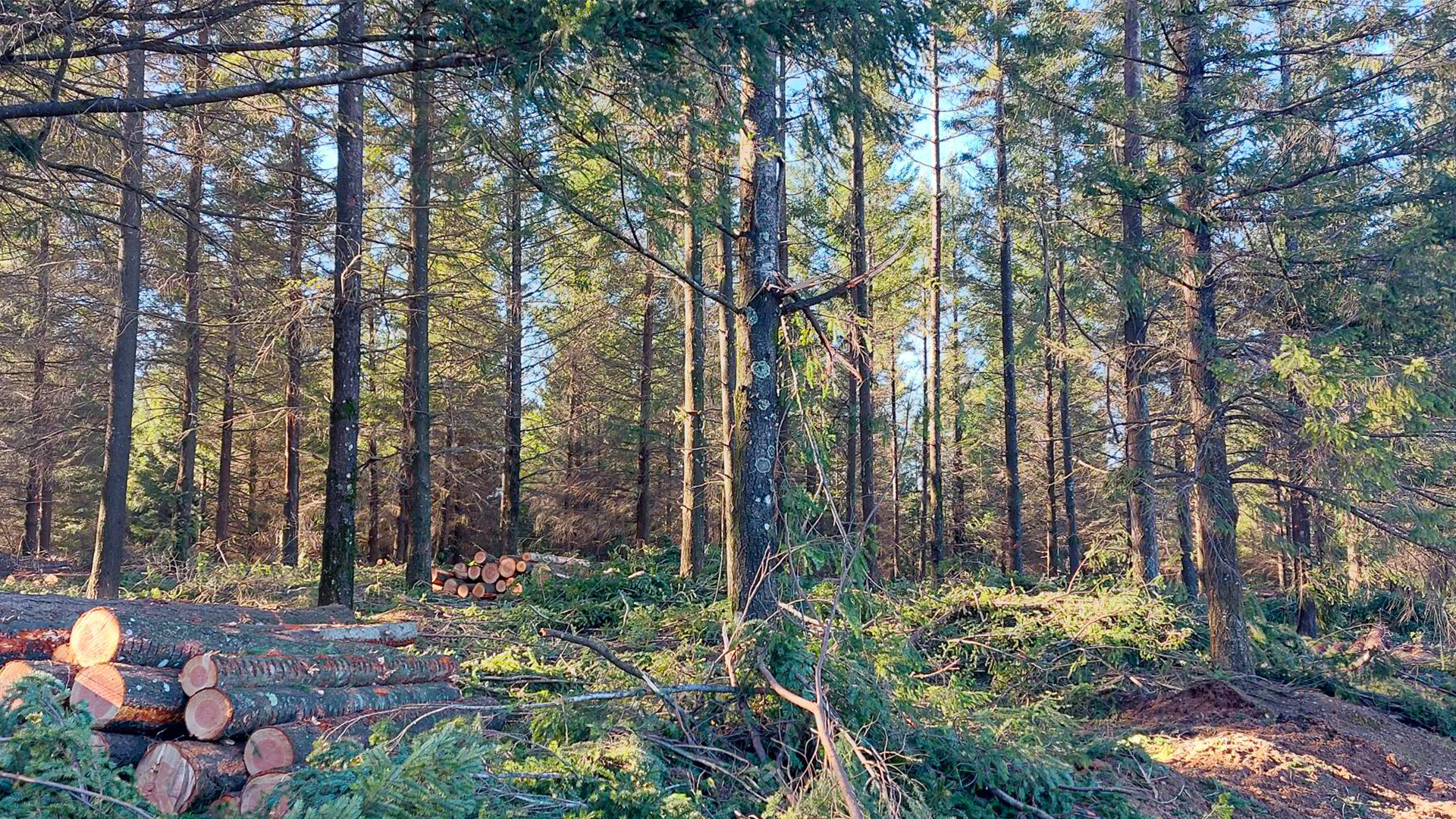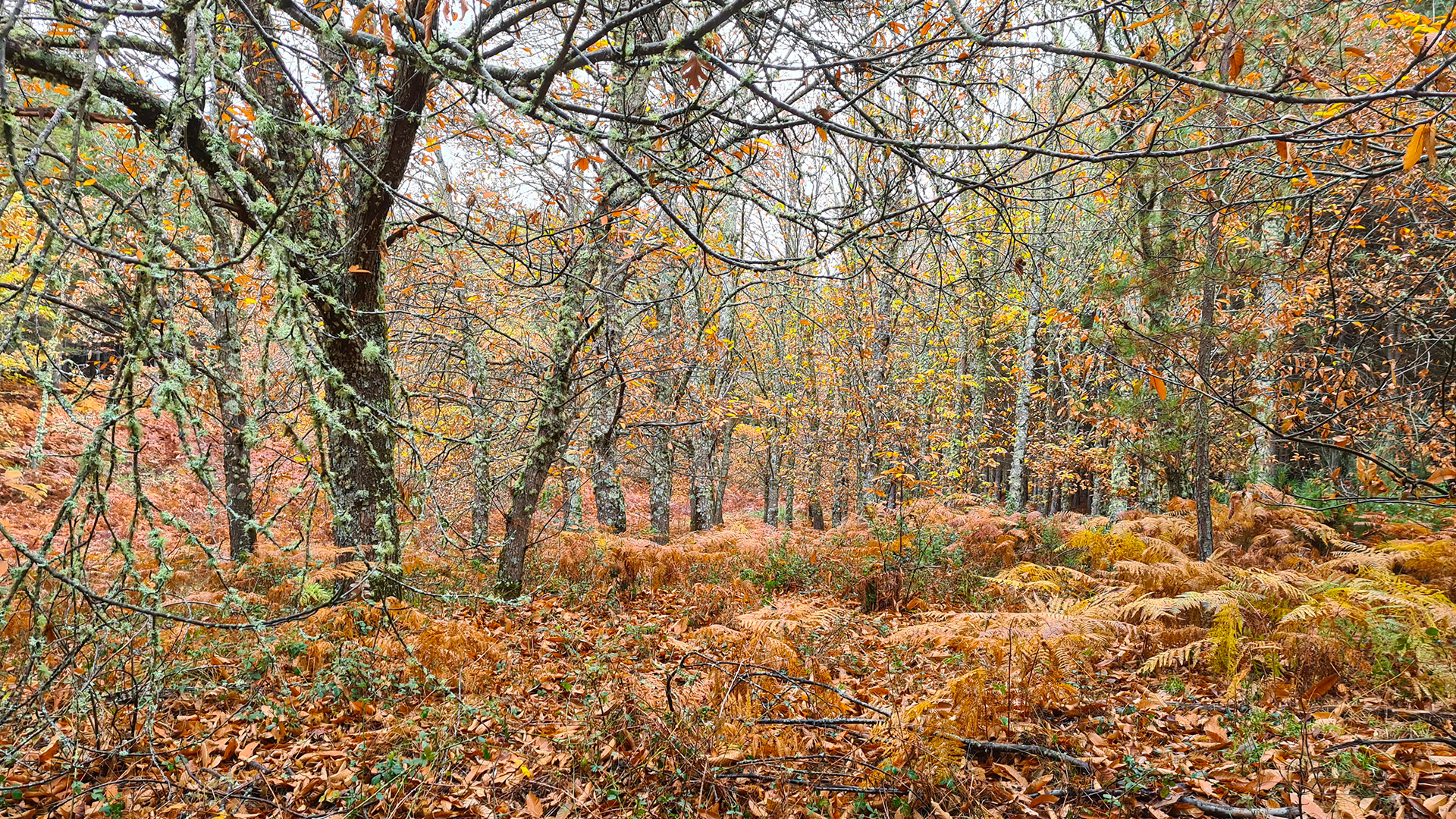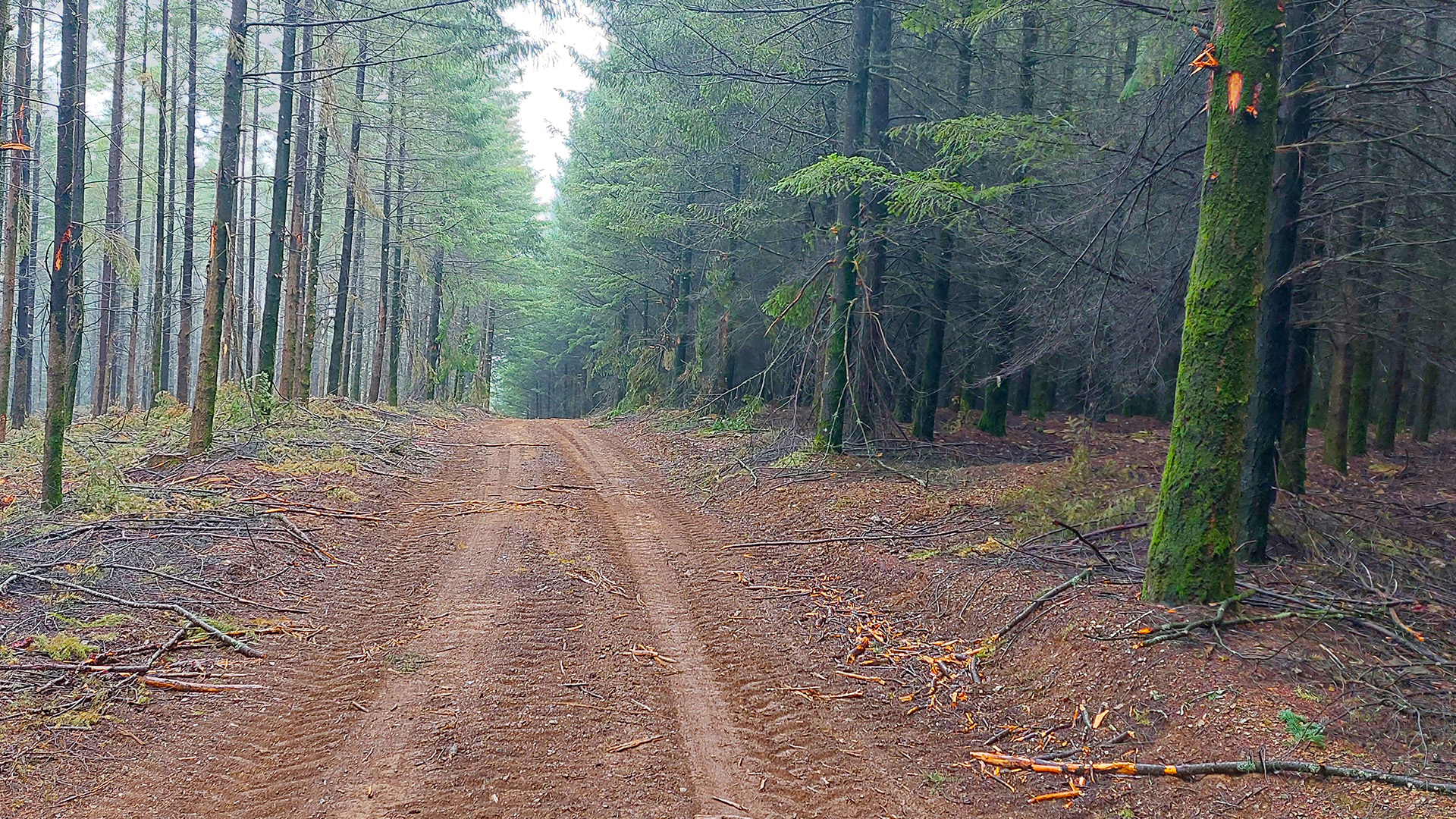The Navigator Company is intervening in the Serra da Malcata Nature Reserve, more specifically in the trees. Alísios property and thinning of resinous trees. Such thinning operations should assist the natural regeneration of native species thus preserving an area of 205 hectares.
Between the town of Penamacor and the city of Sabugal, in the district of Castelo Branco, lies the Serra da Malcata Natural Reserve. One of the last natural refuges in the Portuguese territory and one of the preferred areas for the preservation of the Iberian lynx,Lynx pardinus, the most endangered feline on the European continent.
The Alísios property, part of the Serra da Malcata Natural Reserve, was the location selected by the Navigator to proceed with the thinning of resinous trees in an area of around 205 hectares and part of the 1220 hectares of an area planted between 1976 and 1982 for production purposes. The species undergoing thinning are maritime pine (Pinus pinaster), Scots pine (Pinus sylvestris), Austrian Pine (Pinus nigra), Corsican pine, Calabrian pine and Douglas fir (Pseudotsuga menziesii) , in the image below.
As for the intervention, it “aims to reduce the density per hectare from 110 to about 500 to 600 trees, thus meeting the goal of reducing the occupancy rate of resinous trees”, according to Luís Alarico, Coordinator of the Interior Center Zone of Navigator’s Forest Production and Exploration Department. In turn, the timber material obtained from thinning is intended for the sawmill industry, crushing industry for pellet production and energy production.
Nuno Rico, the person in charge of Biodiversity Conservation at Navigator, reinforces that “thinning is a positive contribution to conservation”, paving the way for “the natural regeneration of native species, such as chestnut, oak, holm oak and arbutus trees, increasing the number of such trees and promoting clearings”.
Among the several species in Alísios of utmost importance for conservation, we would like to highlight the following:
Flora
The mountain ash (Sorbus latifolia) is a characteristic tree of deciduous forests and to be found in mountains areas of central Portugal. It is considered Vulnerable under the Red List of Vascular Flora of Continental Portugal.
The yellow violet (Viola langeana) is evaluated as Least Concern by the same List and is endemic to the Iberian Peninsula, although it can be found only in some mountains in the centre of Portugal.
Fauna
The roe deer (Capreolus capreolus) and the deer (Cervus elaphus) are important species also as they are potential preys for large predators. Although neither of them is threatened, they are herbivores with great local relevance, helping , among other factors, to the conservation of the wolf (Canis lupus), whose presence has been confirmed in Serra da Malcata.
Did you know that…
All Navigator interventions in Alísios were made after gathering opinion from the Institute for Nature Conservation and Forests (ICNF), not least because the property is part of the Special Conservation Zone (Zec) of Malcata and Natura 2000 Network, covering a Special Protection Zone (SPA).
The thinning is being carried out in mosaic to mitigate landscape impacts and outside the nesting season of the bird species living there, between March 1 and the end of June. For all this, it is considered a clear example of good sustainable management practices.
Of the 205 hectares involved, 92 hectares are part of the Primary Forest Fire Defence Network (DFCI). In addition, and following its responsible forest management strategy, Navigator promotes regular maintenance interventions in line with the Serra da Malcata Nature Reserve Regulation.
The Alísios are known for hosting the Carqueja Festival, a festivity celebrated annually in May, reinforcing the need to keep the area under good management, with a permanent focus on reducing the fuel load.






